How is your double oven wired?
cj47
9 years ago
Related Stories
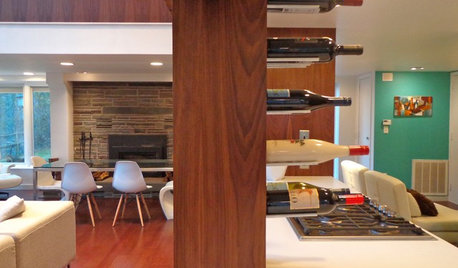
REMODELING GUIDESDouble Take: 'Floating' Wine Bottles Rack Up Style Points
Look closely to spy the secret of this wine rack, concocted by a clever homeowner needing a design workaround
Full Story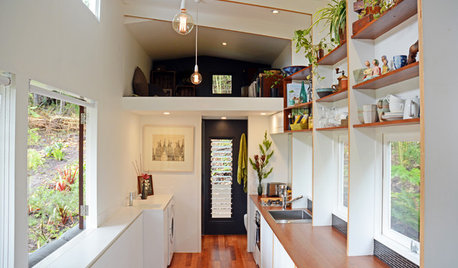
SMALL HOMESTiny Houzz: A Retractable Bed and Double-Duty Furniture Make It Work
Architecture graduates work with a builder to create a stylish tiny house with an efficient layout and a roomy feel
Full Story
HOUSEKEEPINGHow to Clean Your Range and Oven
Experts serve up advice on caring for these kitchen appliances, which work extra hard during the holidays
Full Story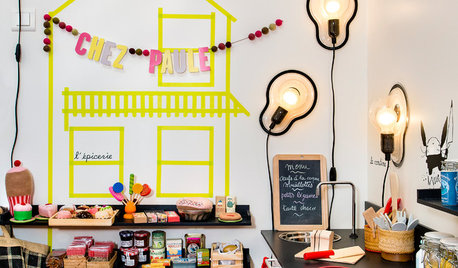
LIGHTING10 Ways With Wall Lights That Don’t Need to Be Wired In
Learn how to add illumination to your home without carving into the walls
Full Story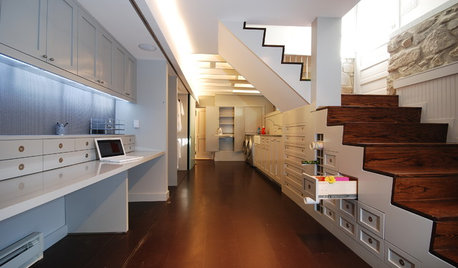
BASEMENTSDouble Take: The Disappearing Home Office
Watch a long workstation in a renovated basement vanish with the wave of a wand — er, with some clever architecture anyway
Full Story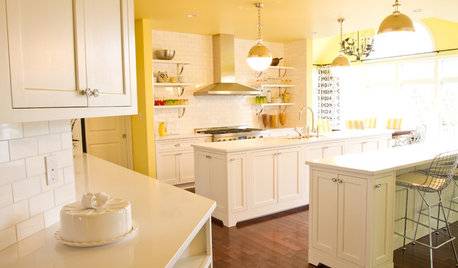
KITCHEN DESIGNDouble Islands Put Pep in Kitchen Prep
With all that extra space for slicing and dicing, dual islands make even unsavory kitchen tasks palatable
Full Story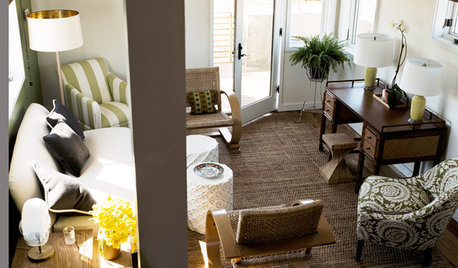
SMALL SPACESDownsizing Help: Think ‘Double Duty’ for Small Spaces
Put your rooms and furnishings to work in multiple ways to get the most out of your downsized spaces
Full Story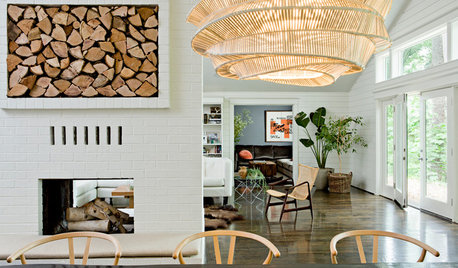
LIVING ROOMSDouble- and Triple-Sided Fireplaces Offer Countless Benefits
They can divide an open layout, blur indoor-outdoor boundaries, warm a modern look or just your toes. Is a mutisided fireplace for you?
Full Story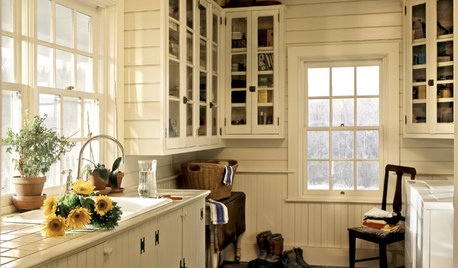
LAUNDRY ROOMSDouble-Duty Savvy: 10 Supersmart Laundry Room Combos
Throw some extra function in along with the fabric softener to spin your laundry room into mutitasking mode
Full Story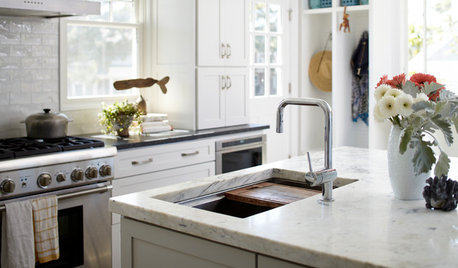
KITCHEN DESIGNKitchen of the Week: Double Trouble and a Happy Ending
Burst pipes result in back-to-back kitchen renovations. The second time around, this interior designer gets her kitchen just right
Full StoryMore Discussions







compumom
kaseki
Related Professionals
Arlington Kitchen & Bathroom Designers · Newington Kitchen & Bathroom Designers · Piedmont Kitchen & Bathroom Designers · South Barrington Kitchen & Bathroom Designers · South Sioux City Kitchen & Bathroom Designers · Saint Augustine Kitchen & Bathroom Remodelers · Princeton Kitchen & Bathroom Remodelers · Plant City Kitchen & Bathroom Remodelers · Cave Spring Kitchen & Bathroom Remodelers · Aspen Hill Cabinets & Cabinetry · Crestview Cabinets & Cabinetry · Indian Creek Cabinets & Cabinetry · Prior Lake Cabinets & Cabinetry · Stoughton Cabinets & Cabinetry · Tacoma Cabinets & CabinetryUser
cj47Original Author
kaseki
weedmeister